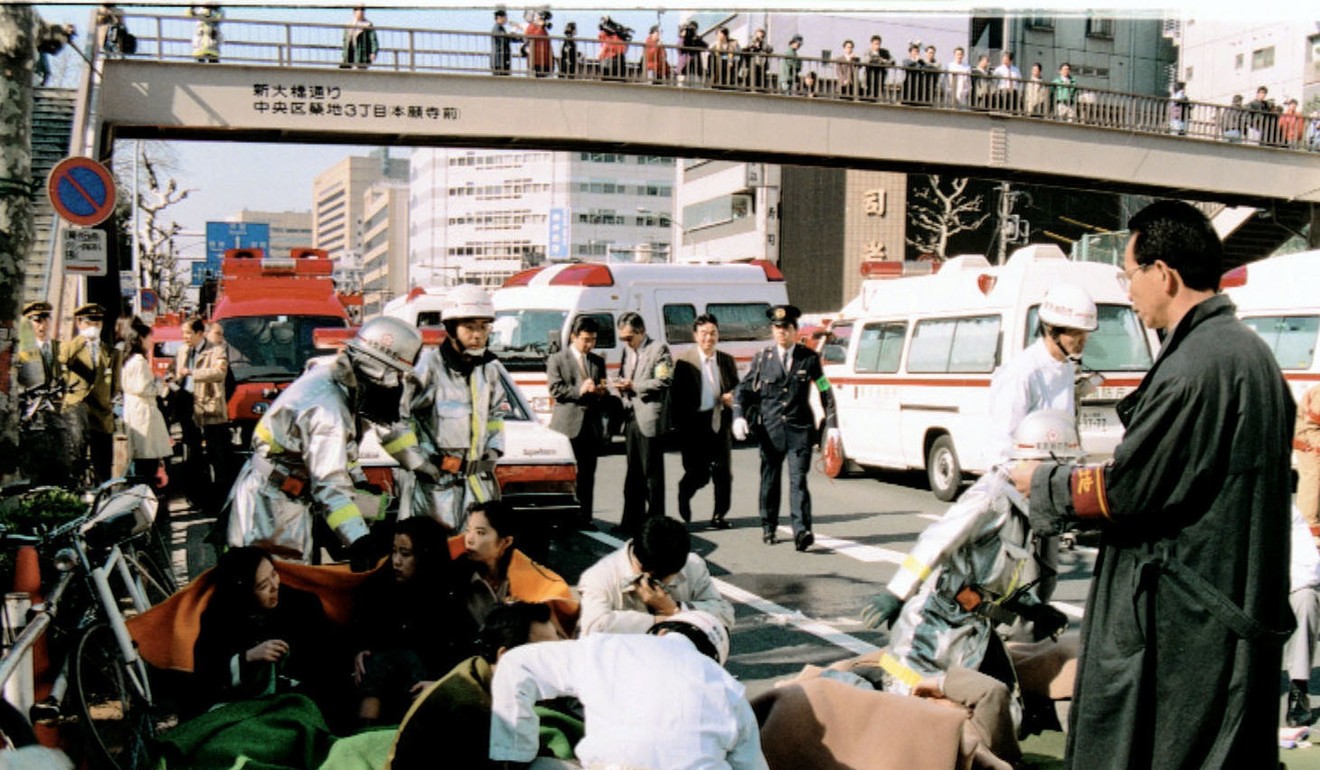
Tokyo residents protest against doomsday cult’s successor group
Renamed Aum Shinrikyo group target of angry demonstration to mark anniversary of subway sarin gas attack
More than 200 people living near a Tokyo base of the main successor to the Aum Shinrikyo cult took to the streets on Saturday demanding the group disbands, with the execution of its guru and a number of former disciples seemingly imminent.
The residents marched around the Adachi Ward compound owned by Aleph, led by Adachi Mayor Yayoi Kondo who held a banner saying, “Absolutely against Aum.”
The demonstration was planned to coincide with the recent 23rd anniversary of the 1995 sarin gas attack on the Tokyo subway system that killed 13 people and injured over 6,200, the worst of several attacks and crimes carried out by Aum followers.
Aum renamed itself Aleph in 2000 and two additional splinter groups formed. The Public Security Intelligence Agency continued to monitor the groups, believing they are still under the influence of Aum founder Shoko Asahara who is on death row along with 12 of his former disciples.

Residents of Kawaguchi, a Saitama Prefecture city adjoining Adachi Ward, and some from Tokyo’s Setagaya Ward where a facility of one of the splinter groups is located, joined Saturday’s demonstration.
According to the agency, the three groups have 1,650 followers in Japan, with 1,470 of them Aleph members.
The 13 death row inmates could be hanged anytime as the Aum-related trials over a series of crimes that left 29 people dead concluded in January.
“I’m worried what could happen after the executions,” said Hisashi Mizukami, who represents a group of Adachi residents protesting Aleph. “We will remain vigilant.”

